Rising Parental Awareness
The increasing awareness among parents regarding the importance of educational toys in child development appears to be a significant driver for the Educational Toys Market. Parents are increasingly seeking toys that not only entertain but also promote cognitive and social skills. This trend is reflected in market data, which indicates that the demand for educational toys has surged by approximately 15% over the past year. As parents prioritize educational value, manufacturers are responding by innovating and diversifying their product offerings, leading to a more competitive landscape. This heightened focus on educational benefits is likely to continue influencing purchasing decisions, thereby propelling the growth of the Educational Toys Market.
Technological Advancements
Technological advancements are reshaping the Educational Toys Market, as innovative products that incorporate digital elements gain traction. The integration of augmented reality, artificial intelligence, and interactive features into educational toys is becoming increasingly prevalent. Market data suggests that toys equipped with technology have seen a growth rate of around 20% in recent years. These advancements not only enhance the learning experience but also engage children in ways that traditional toys cannot. As technology continues to evolve, it is expected that the Educational Toys Market will witness further transformation, with an emphasis on creating immersive and interactive learning environments.
Growing Emphasis on STEM Education
The growing emphasis on STEM (Science, Technology, Engineering, and Mathematics) education is driving demand within the Educational Toys Market. Educational toys that promote STEM learning are increasingly popular among parents and educators, as they align with contemporary educational goals. Market data indicates that the sales of STEM-related educational toys have increased by approximately 25% over the last two years. This trend reflects a broader societal shift towards equipping children with essential skills for the future workforce. As educational institutions and parents recognize the importance of STEM education, the Educational Toys Market is likely to expand further, with a focus on developing innovative products that cater to this demand.
Shift Towards Eco-Friendly Products
The shift towards eco-friendly products is becoming increasingly relevant in the Educational Toys Market. Consumers are showing a growing preference for sustainable and environmentally friendly toys, which has prompted manufacturers to adapt their production processes. Market data indicates that sales of eco-friendly educational toys have risen by approximately 30% in recent years. This trend is driven by heightened awareness of environmental issues and a desire among parents to provide their children with toys that are safe and sustainable. As the demand for eco-friendly options continues to rise, the Educational Toys Market is likely to see a significant transformation, with an emphasis on sustainable materials and practices.
Increased Investment in Early Childhood Education
Increased investment in early childhood education is emerging as a pivotal driver for the Educational Toys Market. Governments and private organizations are recognizing the critical role of early learning in child development, leading to enhanced funding and resources for educational initiatives. This trend is reflected in market data, which shows a correlation between increased funding for early education programs and the rising sales of educational toys. As more resources are allocated to early childhood education, the demand for high-quality educational toys is expected to grow, thereby positively impacting the Educational Toys Market. This investment not only supports the development of essential skills but also fosters a culture of learning from a young age.


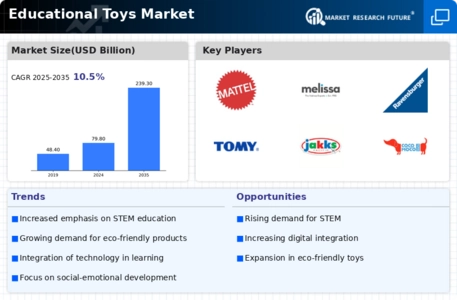

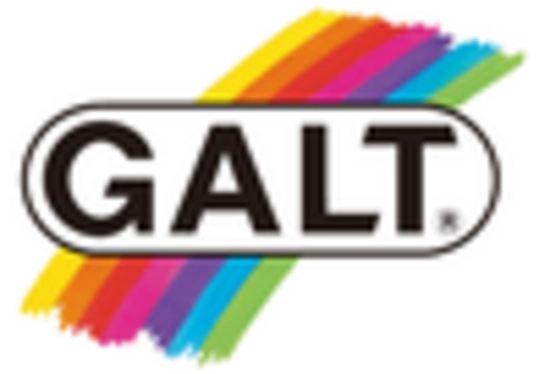
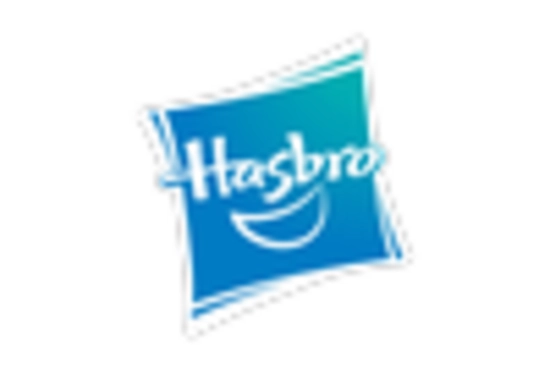
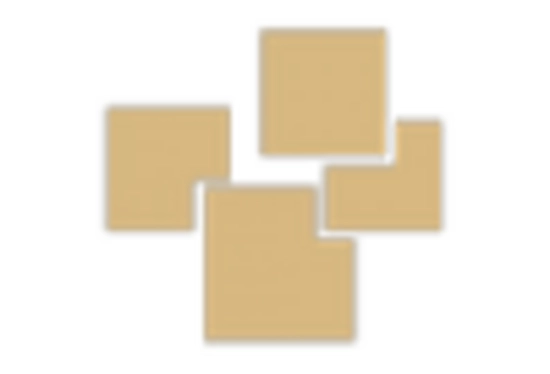
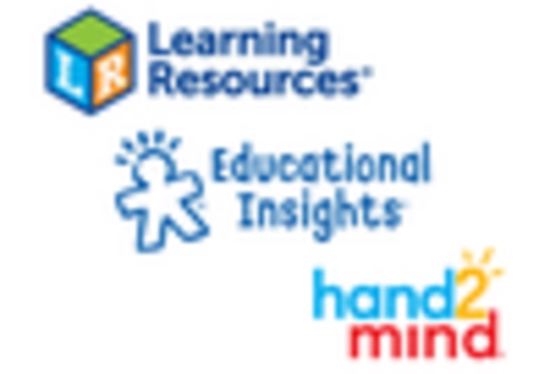

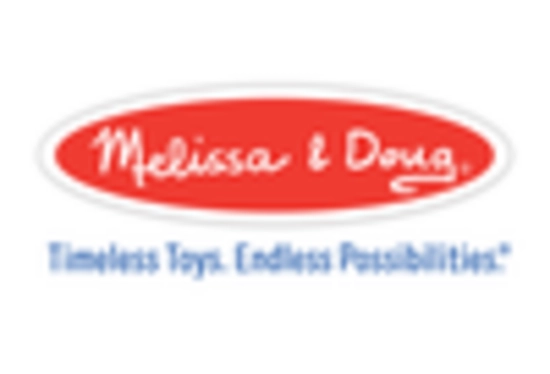








Leave a Comment